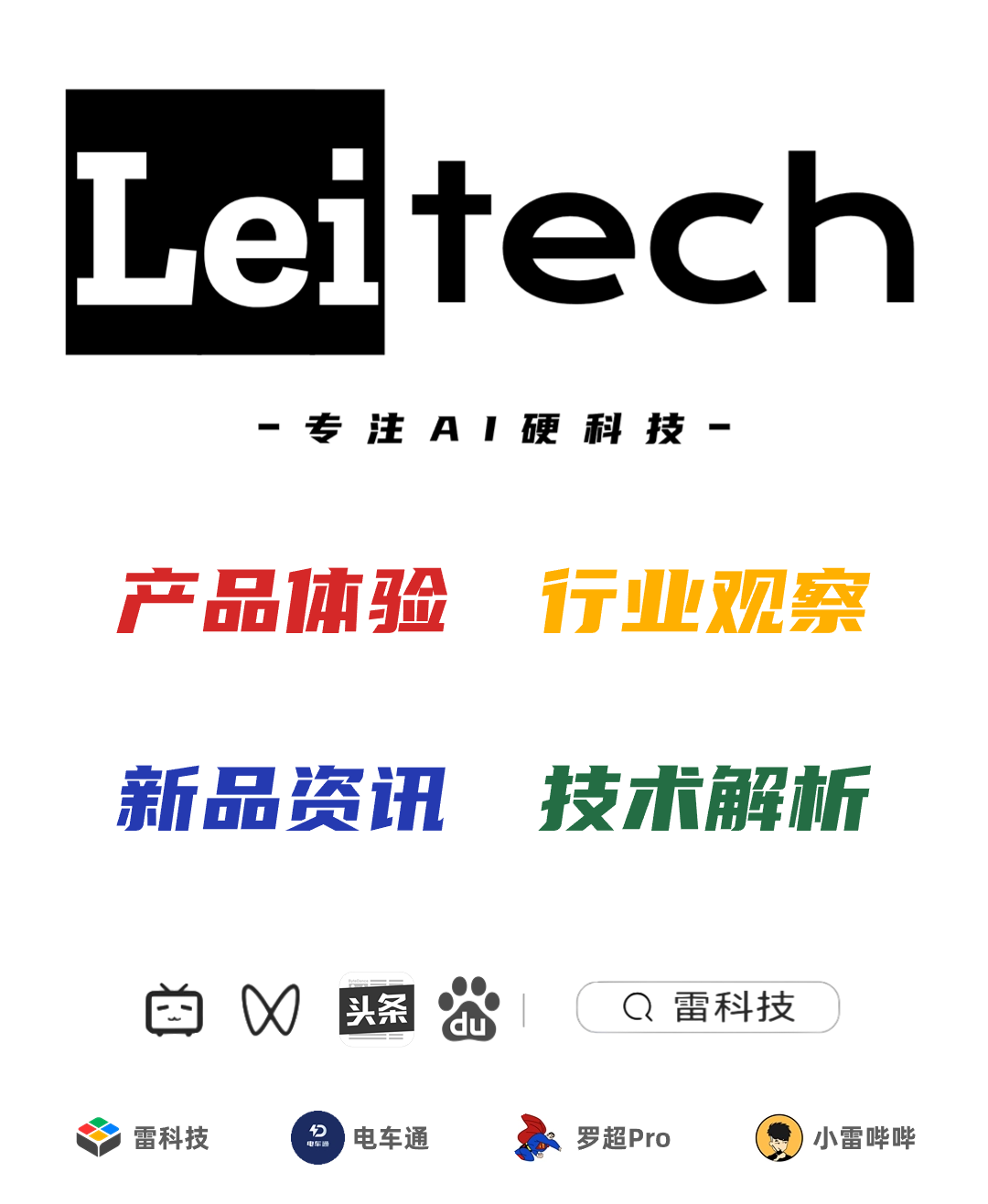
Source: Lei Technology AI Hardware Group | Editor: Tianxing | Layout: LA
In 2024, Meizu announced an “All In AI” strategy, halting traditional smartphone projects. One of the products Meizu aims to develop is AI hardware that combines the advantages of the Rabbit R1 and AI Pin, two new AI hardware species. Lei Technology has reported on the Rabbit R1 during CES 2024, and our experience with the AI Pin was shared at MWC24.
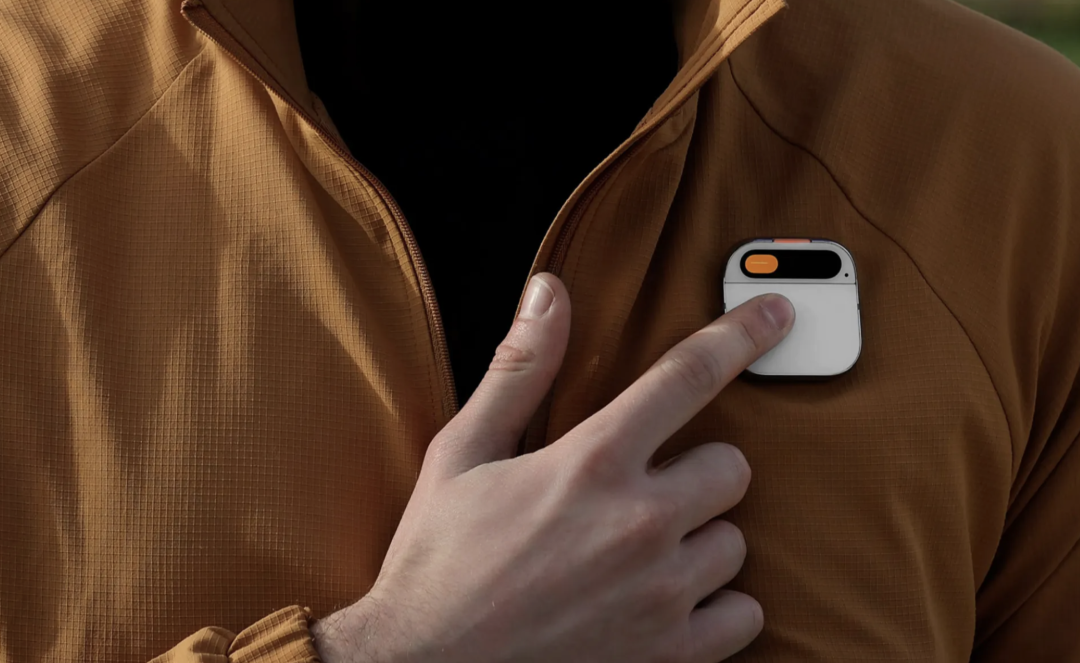
Image Source: HumaneThe topic for today’s discussion is: Will the AI Pin, resembling a “pocket watch,” become the ultimate form of smartwatch evolution?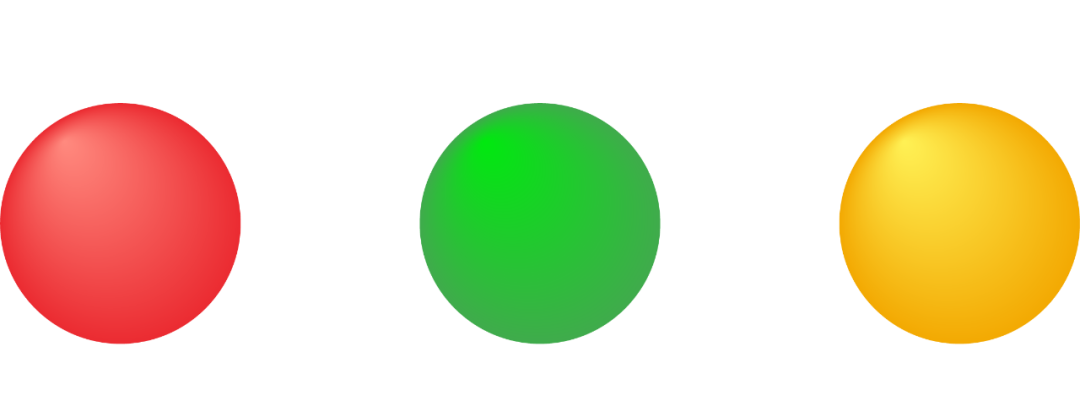
The Predecessor of the Watch: The Pocket Watch
In fact, the watch (more accurately, the wristwatch) evolved from the pocket watch.The history of pocket watches can be traced back to 1492, when Italian watchmaker Bartholomew Manfredi mentioned the term “pocket clock” in a letter. However, the “pocket clock” was not portable. After the spring mechanism became smaller, the “small pocket watch” was born in the early 16th century, when German inventor Peter Henlein invented the first pocket watch in Nuremberg—the “Nuremberg Egg,” which was the first clock that did not rely on gravity as a power source.More importantly, the “Nuremberg Egg” successfully achieved “mass production,” although at that time, “mass production” relied on the watchmaker himself, Peter Henlein, to craft them by hand. Later, as more watchmakers mastered the corresponding principles and techniques, pocket watches gradually became popular in Europe.After several hundred years, the wristwatch we see today was officially born. There are many legends about the inventor of the wristwatch, the most romantic being that in 1806, Napoleon ordered a craftsman to create a small “clock” that could be worn on the wrist like a bracelet to please Empress Josephine, which is considered the world’s first wristwatch. For a period afterward, pocket watches remained a symbol of men’s status, while wristwatches were seen as women’s accessories.Other legends about the emergence of wristwatches also date back to the early 19th or even early 20th century, indicating that from the 16th to the 19th century, the “portable clock” was indeed the pocket watch.Due to clock technology and gear layout being more suitable for circular designs, early portable clocks tended to adopt round shapes—or octagonal shapes close to round.The image below is the earliest existing portable clock in Europe: the “Melanchthon Clock” (made in 1530), which was crafted by Peter Henlein (circa 1479-1542) as an “aroma ball clock.”
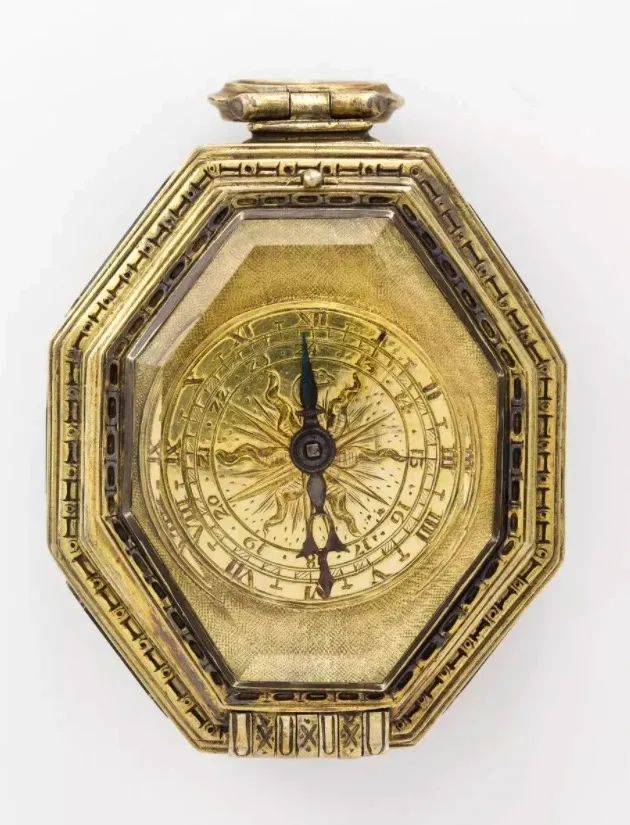
After the popularity of wristwatches, as people’s aesthetics changed and craftsmanship evolved, watch dials began to appear in different shapes, both round and square. For example, the classic Rolex Submariner has a round dial: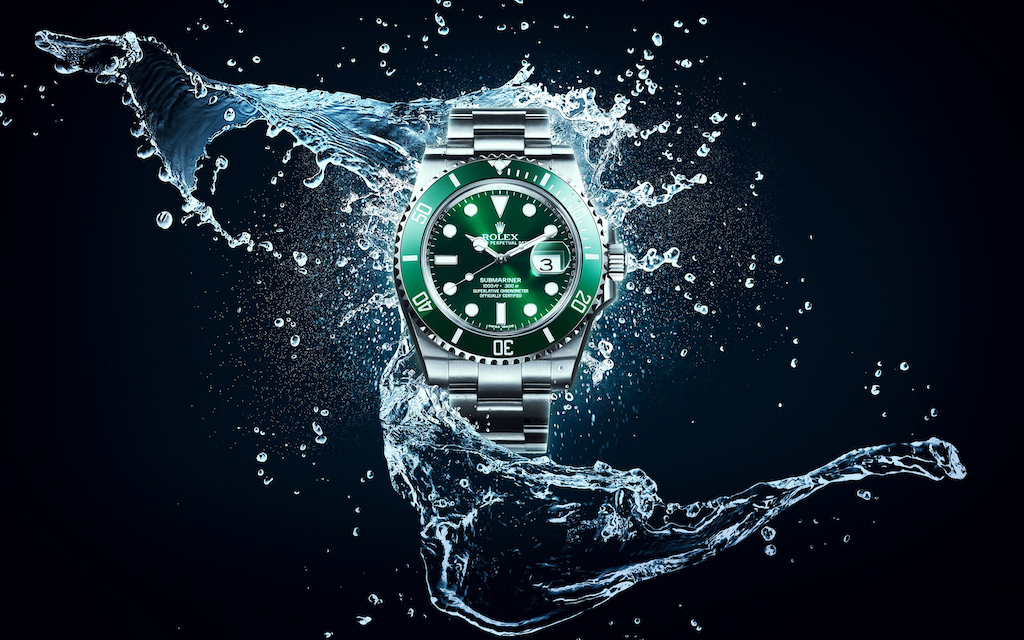 Another example is Longines’ iconic barrel-shaped watch:
Another example is Longines’ iconic barrel-shaped watch: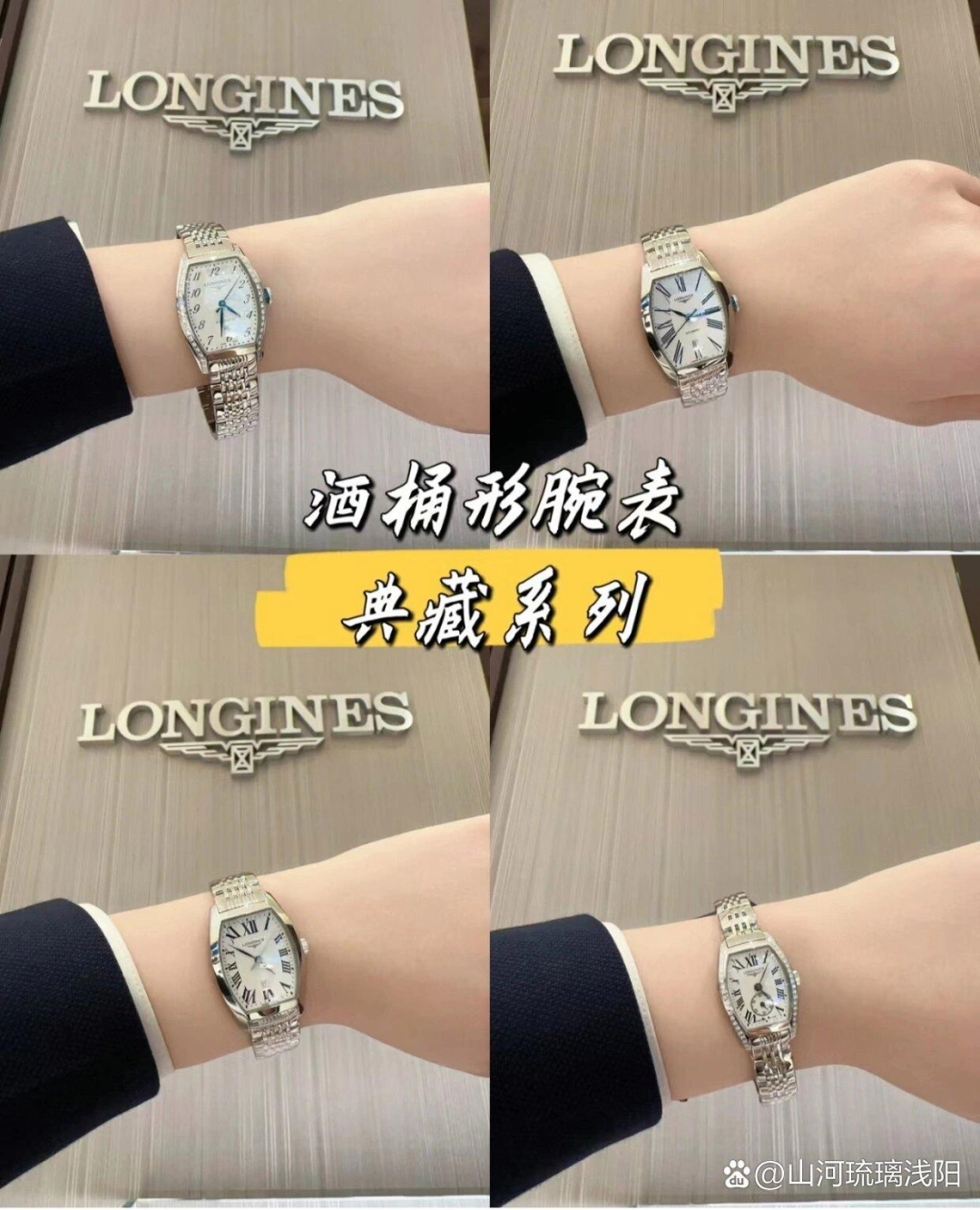 The changes in watch shapes during this phase were more driven by design needs for “aesthetic preferences” rather than functionality.
The changes in watch shapes during this phase were more driven by design needs for “aesthetic preferences” rather than functionality.
Smartwatches: Entering with a Square Shape
After hundreds of years of development, technology products represented by the Apple Watch have triggered a new round of transformation in the watch industry, and the shapes of smartwatches have also undergone constant changes.The choice between square and round shapes for smartwatches is less about technical orientation and more about design and functionality: square screens, with their larger display area and right angles, provide users with more information display space and higher interaction efficiency; round screens, on the other hand, win the favor of many due to their resemblance to traditional watches.
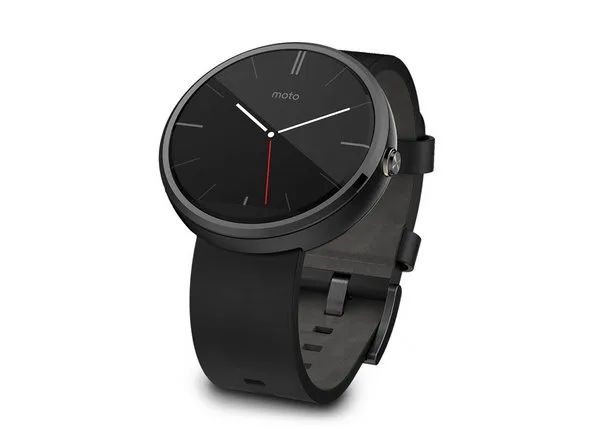
Image Source: MotoBalancing functionality and design has become a problem that smartwatch brands must solve.Before the release of Android Wear, designed specifically for smartwatches, most smartwatches on the market adopted square screen solutions: for example, Pebble, which pioneered the smartwatch category but has since sold its brand; and Sony, which has launched several non-Android smartwatches, also insisted on using square screens.Unlike traditional watches, the core functionality of smartwatches is content display, specifically text display, which gives square screens an inherent advantage.According to Google’s development guidelines, the interface display space of round screens is 22% smaller than that of square screens, and they also require larger margins to ensure text readability, further compressing the actual display area.
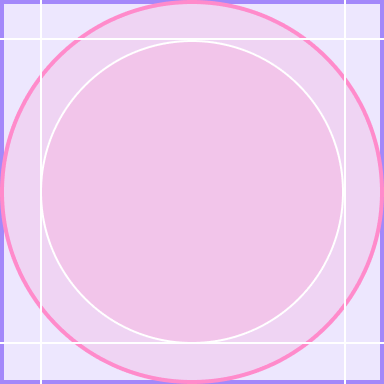
Image Source: Lei TechnologyAdditionally, when a watch needs to display multiple lines of text,such as email previews or WeChat conversations, round screens can display fewer complete lines, requiring users to scroll up and down to see everything.Square screens do not have this issue: although the watch screen size still limits the number of characters displayed per line, the higher display integrity of square screens allows users to see more complete information without scrolling, such as finding the verification code at the end of a particularly long message.Image Source: Google

Moreover, square screen smartwatches also perform better in terms of hardware costs and internal space utilization, which is why only the Moto 360 adopted a round screen among the first three Android Wear watches.Round smartwatches are more expensive. At that time, the LG G Watch and Samsung Gear Live were launched at a price of only $199,while the Moto 360 was priced at $249,and that was without using the expensive CoP packaging process, which left a control board “notch” on the front of the watch screen.If the Moto 360 had adopted a “full round + narrow bezel” screen solution, the cost would have increased further.
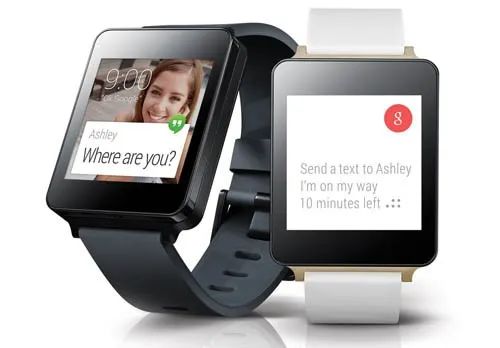
Image Source: GoogleThus, we can see that the shapes of smartwatch dials have developed into new categories: one type is low-end models, which are “smartwatches” that add some functions based on smart bands, and due to cost considerations, they coincidentally adopt square screens; the other type is high-end models, where all high-end smartwatches, except for the Apple Watch, adopt round screens to achieve a higher “aesthetic value.”
High-End Smartwatches Favor Round Screens
Firstly, round screen smartwatches are visually more appealing.In the high-end mechanical watch sector, there are also many examples of square dials adopted for design purposes,such as Richard Mille, favored by “rich second-generation” and “fashionable new elites,” which uses a barrel-shaped dial, and the Jaeger-LeCoultre Reverso series, which I personally like, also features a signature square dial.However, early smartwatches with square dials carried a strong “electronic” and “toy-like” feel, which did not align with the positioning of smartwatches as “integrating into daily life,”so from the second generation of Android Wear (Wear OS) onwards, brands including LG and Samsung began to shift towards round dials,with less than 30% of brands in the initial Wear OS 2.0 products still adhering to square screens.In the latest Wear OS design guidelines, Google has also removed the design specifications for square screens, requiring developers to design software for round screens.
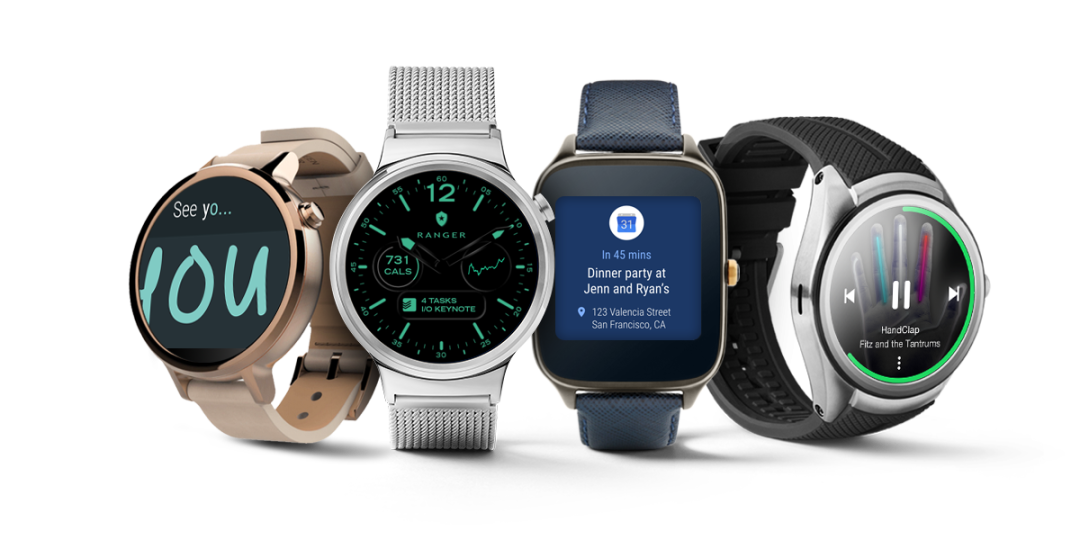
Image Source: GoogleFrom this perspective, round screens have also become an important means for watch brands to create a sense of high-end identity. Just as traditional watch brands use complex manufacturing processes to add value to their watches,round screens, as representatives of “high-cost components,” have become an indispensable part of high-end smartwatches, and are “forcing” square dial smartwatches to embrace round shapes from the perspective of software ecology.Round screens also provide smartwatches with greater space for interactive innovation: allowing the rotation of the dial itself to become a form of “input.”In the early days of smartwatches, screen touch was the primary interaction method.However, it is evident that the small size of smartwatches does not lend itself to precise touch operations, and users’ fingers inevitably obscure the screen during touch interactions, further affecting the display space.
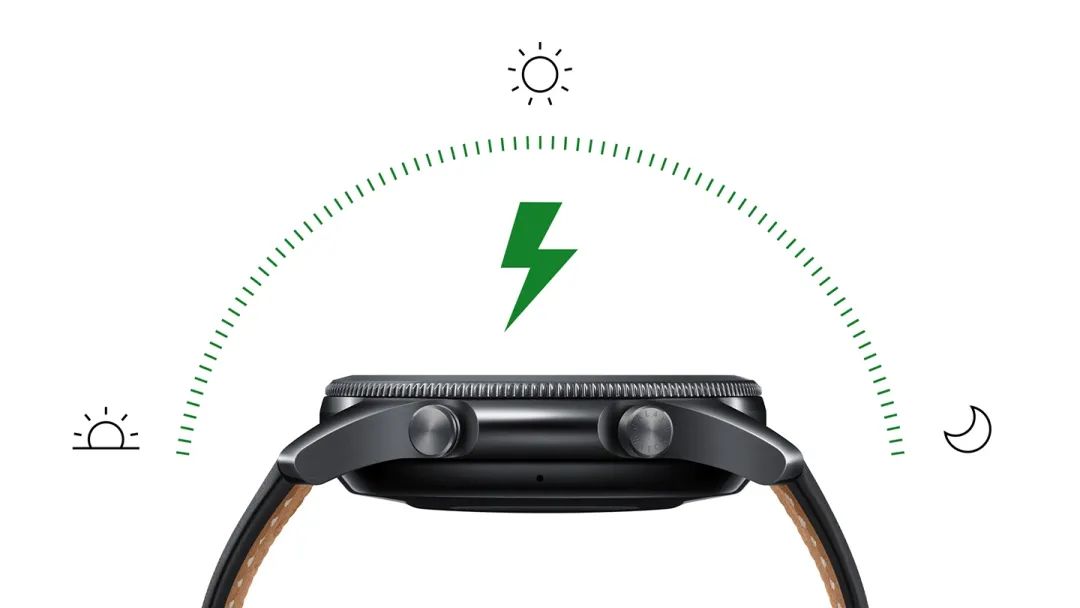
Image Source: SamsungTo address this issue, the Android Wear camp with square screens, influenced by Google, introduced wrist-flipping gesture operations,while Samsung, focusing on Tizen systems and round screens, leveraged the advantages of round screens by using a rotating bezel to replace the scrolling gesture, allowing users to interact with the watch without obscuring the displayed content.
Will AI Watches Become “Pocket Watches”?
The approach of shaping watches based on interaction methods is not uncommon in the smartwatch field:Apple Watch’s digital crown significantly reduces the inefficient and vague interaction of “touchscreen scrolling” by providing precise interaction through a physical knob and haptic feedback; Samsung brings similar functionality to the Galaxy Watch with its rotating bezel;the TicWatch, derived from the Chinese company “Out of the Door to Ask,” goes a step further by adding a touch strip on the outer side of the round case, achieving the same effect with “scratching” the screen.
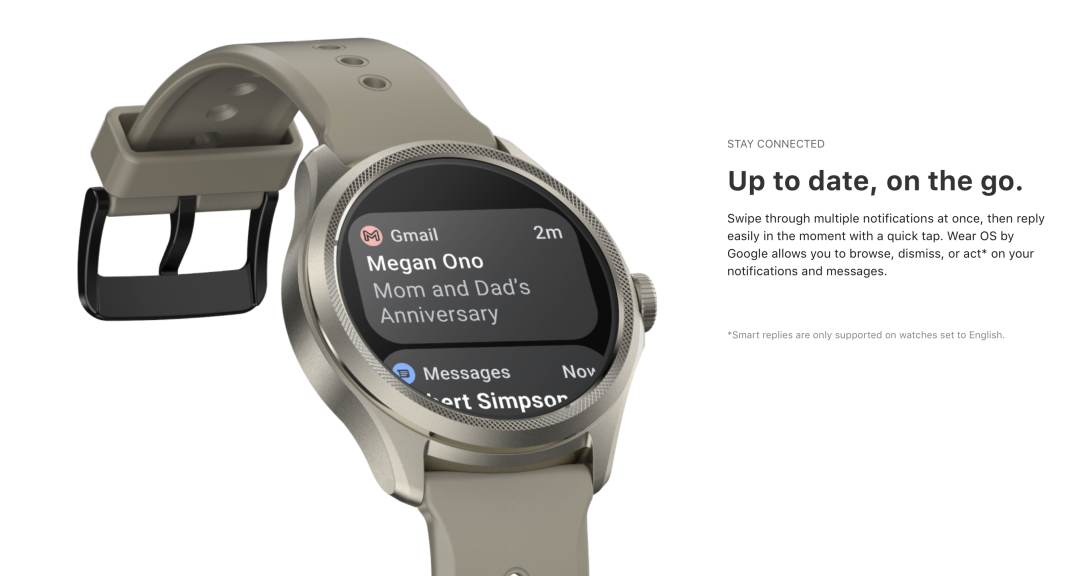
Image Source: MobvoiIt is evident that in the current mature state of smartwatches,the factors determining whether a smartwatch has a “round screen” or a “square screen” are no longer cost or technology, but interaction methods.With the explosion of large model technology, we see new AGI technologies reshaping the possibilities of human-computer interaction. As mentioned earlier, AI hardware has also become a hot trend in 2024, with the combination of AI large models and wearable devices being a key direction. At MWC24, we saw the “screenless smart pocket watch”—the AI Pin.The AI Pin is typically worn on the chest, resembling a pocket watch. Although its form is quite different from smartwatches, the core functions of both are actually interconnected:Both smartwatches and AI Pins are wearable devices centered around AI, designed to replace basic smartphone functions, with smartwatches utilizing touch and visual interaction, while AI Pins rely on voice and visual interaction.If we say that PCs and smartphones are traditional wall clocks, then the AI Pin is the pocket watch; like smartwatches, it addresses the issue of “portability.”In fact, watches are not the best wearable solution, as there are times when wearing a watch is inconvenient; for example, many people are accustomed to taking off their watches while sleeping. At MWC 2024, Samsung released a smart ring aimed at the group of people who “need wearable devices but do not want to wear a watch all the time.” At AWE 2024, Yunmi showcased a “millimeter-wave sleep monitoring radar,” which also emphasizes a “non-contact, zero intervention, non-disruptive” sleep monitoring solution.It can be said thatthe AI Pin reflects the new possibilities that AI brings to wearable devices: as smart devices gain “proactive AI” capabilities, human-computer interaction will no longer be limited by physical factors such as round or square, or touch or rotation. In the future, decorative items worn on clothing, buttons, or even brooches may become smart terminals.In summary, as the focus of interaction for wearable devices shifts from touch to AI multimodal interaction, more and more AI hardware will adopt AI interaction solutions similar to the AI Pin.By then, there will naturally be no more debate over the shape of smartwatch screens.However, one must ask, when smartwatches lose their dials, can they still be called smartwatches?End